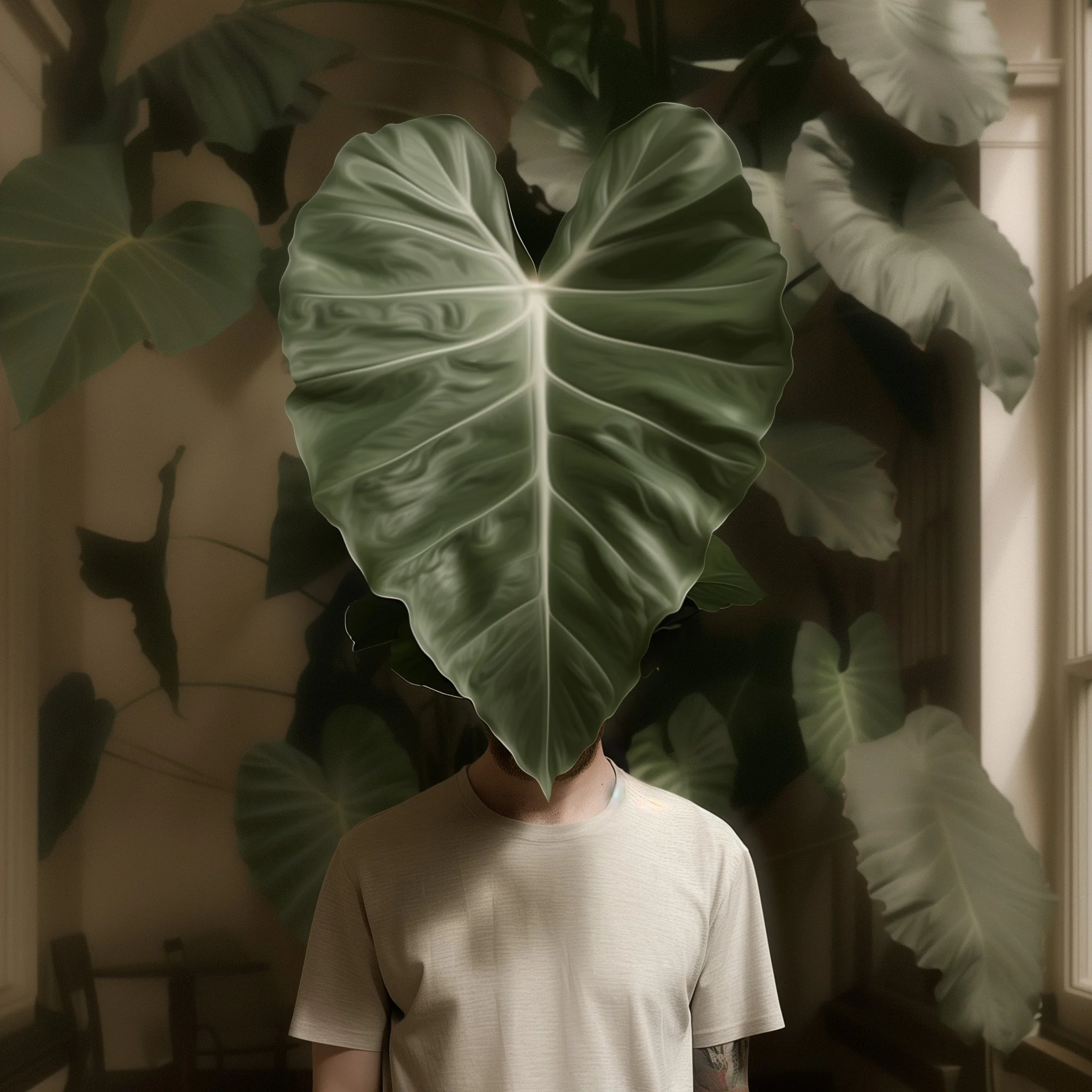An evolving body of work exploring perception, form, and identity—from the human, to the symbolic, to the shared.
THE CORE INQUIRY
L’Enclos isn’t built to give answers.
It’s built to interfere with what you already know.
The Dreamer Project sits at the center—a living experiment in consciousness-first living. The Studio provides a method to test that stance plus a Practices & Tools library (the First Dream lens, the We The Dreamer frame). Join via tutorials, urban walkshops, and (soon) live classes. Les Ateliers is our art/design arm for artist and brand collaborations.
THE WORK
Exploring Perception
L’Enclos is the evolving body of work of Martin Lenclos—an artist-designer and philosophical experimenter exploring how a shift in perception can change what a moment becomes. It bridges media arts, experiential design, and quiet inquiry into consciousness, producing objects, images, and ideas that question how we see, and who we believe ourselves to be.
Practices of Seeing
These explorations emerge from a lifelong curiosity—not toward what things are, but how they are seen. Martin’s work moves across disciplines but always returns to a single thread: the practice of perceiving with less judgment, and more intimacy.
Devices for Inquiry
The projects here — whether a conceptual installation, a visual essay, or a handcrafted piece of furniture — are less about presentation than perception. Each one functions as a kind of device: a mirror, a question, a shift. They arise from a practice that draws equally from philosophical inquiry and the contemplative experience of daily life, integrating media, technology, spiritual inquiry, and design without belonging entirely to any of them.
The Unifying Creative Experiment
What unites the work is a single, ongoing exploration: to live as if reality begins in consciousness—not as doctrine, but as a way of seeing. From this point of view, even ordinary objects become symbolic, and design becomes a tool for self-inquiry.
This inquiry is personal. Martin’s practice is less about producing outcomes than noticing the mind’s habits, its fictions, its freedom. He designs not to express, but to perceive—and to invite others into that same spacious attention, where self dissolves and the Dreamer might be remembered.
Les Ateliers
Through artifacts of awakening, philosophical play, graphic design, and immersive explorations, Les Ateliers invites a quiet question: What if what we see “out there” is shaped by what we are “in here”?
Works in the Art Store—photographs, prints, and designed objects—belong to this gesture. Some act as Self-Questioning Devices, interrupting mental habits and nudging awareness; others simply invite you to see more slowly.
If you’d like to keep exploring, subscribe to the ongoing letter on creative perception and shared dreaming.
Before The Dreamer?
Before L’Enclos, I was already exploring the edges of perception through media arts. From 3D installations to photographic collages, my early projects asked audiences to question how they see and what reality might be. These projects became the groundwork for today’s inquiry into consciousness-first design.
Why L’Enclos?
L’Enclos is a name inspired by the quiet mystery of French churchyards and by my grandfather—a sculptor and designer of sacred furniture, who taught me that everyday objects could hold silence, memory, and meaning.
ABOUT MARTIN
Martin Lenclos is a Paris-born, Brooklyn-based artist, designer, and philosophical observer with decades of experience at the intersection of media, innovation, and creative inquiry.
He founded L’Enclos as a platform to unite art, design, and consciousness-first inquiry into a single creative experiment: What happens when we live as if consciousness comes first?
His work bridges media arts, experiential design, and contemplative practice, producing objects, images, and ideas that function less as statements than as questions — mirrors that invite shifts in perception and dissolutions of identity.
See the Experiment in Motion.
Explore Oneness Across Platforms.
Check us out on other shared spaces →













